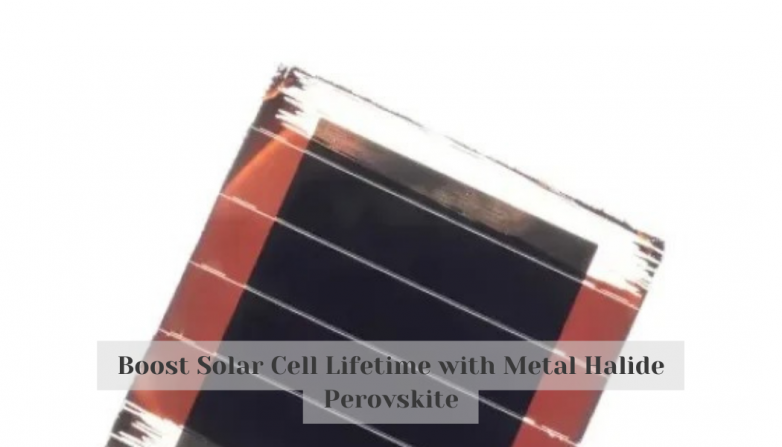Boost Solar Cell Lifetime with Metal Halide Perovskite
- Researchers at imec and the University of Hasselt have developed a metal halide perovskite process to boost the lifetime of solar cells, achieving a conversion efficiency of 24.3% and a short-circuit density of 24.5 mA/cm2. After 1,000 and 1,850 hours, the cells retain 97% and 88% of performance, respectively. This process offers commercialization potential for perovskite solar cell technology.

Researchers at imec and the University of Hasselt at Energyville, Belgium, have developed a metal halide perovskite process to boost the lifetime of solar cells. The process focusses on improving two key perovskite interfaces, the upper and lower, between the perovskite and the fullerene-C60 electron/NiOx-based hole transport layers. Through the use of ammonium salt 2-thiopheneethylammonium chloride (TEACl), the process achieved a conversion efficiency of 24.3% and a short-circuit density of 24.5 mA/cm2. After 1,000 and 1,850 hours of continuous operation under one-sun illumination, the perovskite cells retained 97% and 88% of their initial performance, respectively. For the mini-module design, the process achieved efficiency of 22.6% and a fill factor of 82.4%. These findings demonstrate that the process is highly effective in boosting the efficiency and lifetime of solar cells, paving the way for commercialization of perovskite solar cell technology.
How Can Metal Halide Perovskite Boost Solar Cell Lifetime?
- The process of using ammonium salt 2-thiopheneethylammonium chloride (TEACl) to improve the upper and lower perovskite-fullerene-C60 and NiOx-based hole transport layers achieved a conversion efficiency of 24.3% and a short-circuit density of 24.5 mA/cm2.
- The perovskite cells were tested for 1,000 and 1,850 hours under one-sun illumination and retained 97% and 88% of their initial performance respectively, showing the process is highly effective in boosting the lifetime of solar cells.
- The process achieved a mini-module design efficiency of 22.6% and a fill factor of 82.4%, indicating potential for commercialization of perovskite solar cell technology.
- Metal halide perovskite can be used as a light absorber in the solar cells, improving the cell’s efficiency by converting more of the incident light into electricity.
- The process can also reduce the amount of charge leakage in the solar cells, improving the cell’s lifetime.
- The process can help to reduce the cost of solar cell production and could become an important tool to enable the mass production of solar cells.
Also read
- Novel Additive Boosts Efficiency of Tin Halide Solar Cells
- Revolutionizing Solar Power: Tandem Cells on the Rise
- Boosting Perovskite/Organic Solar Cell Efficiency with New Strategy
- Revolutionizing Solar Energy: Key to Efficient Organic Cells
- Revolutionary Solar Cells Power Drone with Unprecedented Efficiency
